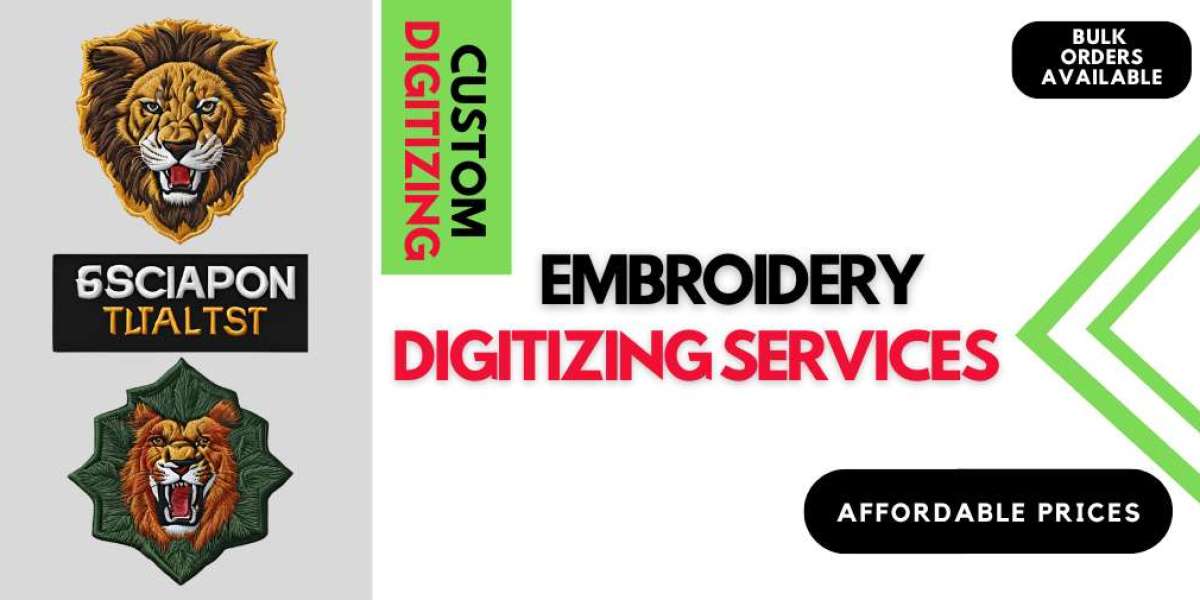The rise of robotics in the healthcare industry marks a turning point in the way medical services are delivered. With automation and artificial intelligence merging into clinical practices, healthcare professionals are witnessing a shift in how surgeries are performed, medications are dispensed, and patients are cared for. This technological evolution is setting new standards for efficiency, accuracy, and accessibility in patient care.
Top Applications of Healthcare Robotics
Robotic technologies are increasingly used to improve care quality and enhance operational workflows in hospitals and clinics. The most prominent applications include:
Robot-Assisted Surgery: These systems enable surgeons to perform procedures with exceptional accuracy and control, minimizing incisions, reducing recovery time, and lowering complication risks.
Rehabilitation Robots: These devices aid patients in regaining movement and motor functions following strokes or injuries, providing personalized and consistent physical therapy routines.
Telepresence Robots: Enabling doctors to consult and monitor patients remotely, these robots help extend medical access to rural or remote areas.
Automated Pharmacies: Robotic arms can store, pick, and dispense prescriptions with unmatched accuracy, minimizing medication errors.
Nursing Robots: Designed to support daily patient care, these robots assist with monitoring vitals, delivering meals or medications, and transporting supplies.
These innovations show how robotics in healthcare is driving efficiency while reducing the workload of human caregivers.
Benefits of Using Robots in Medicine
The integration of robotics in healthcare brings a host of advantages. Surgical robots enhance procedural precision, leading to shorter hospital stays and better recovery outcomes. In pharmacy settings, automation ensures error-free dispensing, reducing the risk of incorrect medications reaching patients.
Robots also alleviate the burden on healthcare workers by handling repetitive and physically demanding tasks. They allow for 24/7 operation without fatigue, which is particularly useful in critical care settings.
The most significant benefits of robotics in healthcare include improved safety, operational consistency, and increased patient access to high-quality care, especially in overburdened or understaffed facilities.
Disadvantages and Current Limitations
Despite their capabilities, medical robots come with limitations that must be addressed. The initial costs of acquiring and maintaining robotic systems can be substantial. This high investment may deter smaller hospitals or those in developing regions from adopting such technologies.
Technical glitches, software issues, or mechanical failures can also pose risks during critical procedures. Additionally, the need for specialized training can delay implementation and create skill gaps within medical teams.
A common concern is the reduction in human interaction. The disadvantages of medical robots include the depersonalization of care, which can impact patient satisfaction and emotional well-being.
The Future of Medical Robotics
Looking ahead, the future of robotics in healthcare is poised for remarkable growth. The integration of AI and machine learning will enhance robots' ability to adapt to patient-specific needs and learn from each procedure. Autonomous robots may soon assist in diagnostics, imaging, and even decision-making.
Moreover, efforts are underway to create cost-effective, compact, and user-friendly robotic systems to encourage widespread adoption. As these innovations evolve, the balance between robotic efficiency and human empathy will be key to a well-rounded healthcare experience.
Conclusion
The impact of robotics on healthcare is both transformative and ongoing. While challenges like cost and complexity remain, the potential benefits in surgical precision, patient care, and medical accessibility are substantial. With continued innovation, robotics is expected to become an indispensable part of healthcare, complementing human expertise to create a smarter and more responsive medical system.
Latest Reports Offered By DelveInsight:
Anti-Neutrophil Cytoplasmic Antibody-Associated Vasculitis Market | Carcinoid Syndrome Market | Catheter Stabilization Devices Market | Chronic Smell And Flavor Loss Market | Clostridium Difficile Infections Market | Convulsive Seizures Market | Diabetic Gastroparesis Market | Endoscopic Ultrasound Market | Graves Disease Market | Hereditary Deafness Medical Device Market | Hypophosphatasia Market | Immune Thrombocytopenia Market | Impetigo Market | Intraocular Lymphoma Market | Langerhans Cell Histiocytosis Market | Liver Fibrosis Market | Mantle Cell Lymphoma Market | Metastatic Merkel Cell Carcinoma Market | Myotonic Dystrophy Market | Niemann Pick Disease Type C Market | Nonmuscle Invasive Bladder Cancer Market | Overactive Bladder Syndrome Market | Peanut Allergy Market | Pediatric Growth Hormone Deficiency Market | Pediatric Neuroblastoma Market | Pelizaeus-Merzbacher Disease Market | Peritoneal Carcinomatosis Market | Persistent Epithelial Defects Market | Pork Tapeworm Infection Market | Primary Hyperoxaluria Market |
Latest Reports :
https://www.delveinsight.com/sample-request/geriatric-medicine-market
https://www.delveinsight.com/sample-request/giant-cell-arteritis-epidemiology-forecast-insight
https://www.delveinsight.com/sample-request/giant-papillary-conjunctivitis-market
https://www.delveinsight.com/sample-request/givinostat-emerging-drug-insight-and-market-forecast
https://www.delveinsight.com/sample-request/glucagon-like-peptide-glp-agonist-pipeline-insight
https://www.delveinsight.com/sample-request/glucokinase-activators-pipeline-insight
https://www.delveinsight.com/sample-request/gm-csf-inhibitor-pipeline-insight
https://www.delveinsight.com/sample-request/graves-ophthalmopathy-market








